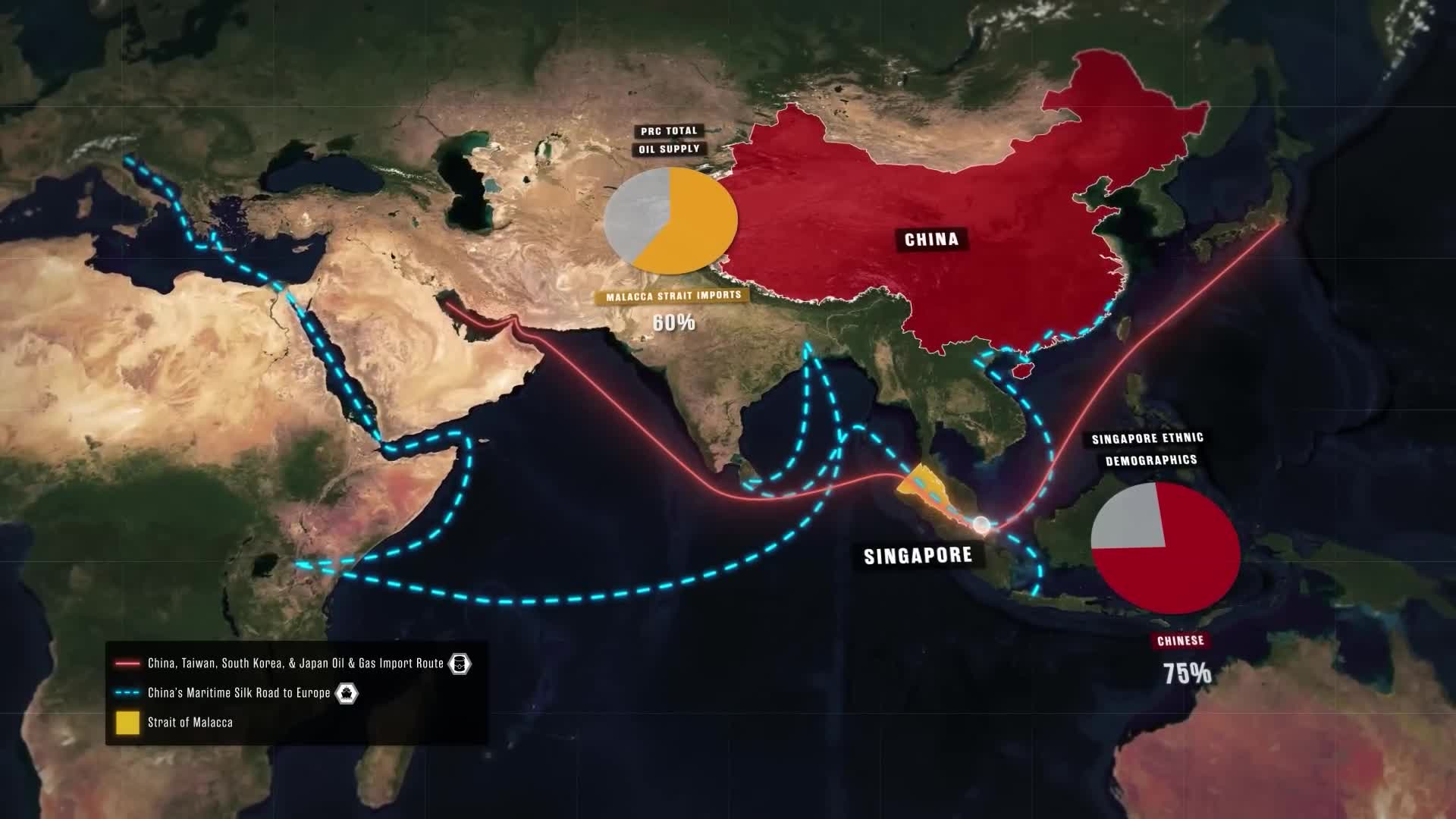Economic Growth
Economic growth is a critical metric that reflects the sustained increase in the production of goods and services within an economy. Typically measured by the rise in Gross Domestic Product (GDP) or GDP per capita, economic growth is integral to enhancing living standards and alleviating poverty. Recent evaluations indicate that global GDP growth is expected to stabilize in the range of 2.6% to 3.3%, amid numerous challenges such as geopolitical tensions and inflationary pressures. Understanding economic growth is not only essential for policymakers and economists but also for citizens as it influences job creation, income levels, and overall societal progress. Key drivers of economic growth include investment in physical capital, growth in the labor force, and advancements in technology, which together facilitate a nation's ability to expand its output effectively. Moreover, various economic theories, including endogenous growth theory, emphasize the role of innovation and human capital in achieving long-term growth. Additionally, the ongoing discussions about sustainable economic development highlight the importance of creating growth strategies that not only boost GDP but also are equitable and environmentally conscious. As nations work towards sustainable solutions, comprehending the dynamics of economic growth becomes increasingly pertinent amidst continual global shifts in economic conditions and policies.
What is Singapore's economic standing in the global and Asian contexts?
Singapore holds an astonishing economic position with a nominal GDP of US$548 billion as of 2025, ranking as the world's 26th largest economy. This is remarkable considering its small geographic and population size, with its economy roughly equivalent to Thailand's despite having only 1/11th of Thailand's population. In the Asian context, Singapore stands as the 10th largest economy on the continent (excluding Russia), despite being only the 36th most populous Asian country. This dramatic difference between economic ranking and population size highlights Singapore's exceptional economic productivity and strategic importance in the global economy.
Watch clip answer (00:36m)How does Singapore accommodate its population despite its small land size?
Singapore, with only 736 square kilometers of land (smaller than New York City), is one of the most densely populated places in the world, housing approximately 6 million people. This makes it unique as the only true functioning city-state in the modern world. While this population is considered large for a city, it's relatively small for a country. Singapore has managed to thrive despite its spatial limitations, creating a vibrant metropolitan environment that balances dense urban living with economic prosperity, establishing itself as a significant global player despite its limited geographical footprint.
Watch clip answer (00:20m)How does Singapore's GDP per capita in 2024 compare to the UK's economic metrics?
As of 2024, Singapore boasts an incredibly impressive GDP per capita of $89,000, ranking it fifth highest in the world behind only Luxembourg, Switzerland, Ireland, and Norway, and placing it ahead of the United States. This represents a significant economic achievement, especially when compared to its former colonial overlord, the United Kingdom. The economic contrast extends to median wages as well, with Singapore's median wage standing at US$46,000 annually, surpassing the UK's median wage of approximately US$44,000 per year. This remarkable economic performance highlights Singapore's successful transformation into a global financial powerhouse, outperforming the very nation that once governed it.
Watch clip answer (00:40m)How does Singapore appear when viewed through an economic lens rather than by its geographic size?
When viewed through an economic lens rather than by geographic size and population, Singapore transforms from a tiny island into a relative colossus. Despite its small physical dimensions, Singapore appears as an economic powerhouse, especially when compared to other nations of similar or even larger geographic size. This economic perspective reveals that the 'Little Red Dot' is no longer so little in global economic terms. With a nominal GDP of US$548 billion ranking it as the 26th largest economy globally, and as the world's 10th largest economy per capita with a GDP of $89,000, Singapore has achieved remarkable growth that belies its geographic limitations.
Watch clip answer (00:17m)What challenge does Singapore face in the changing global landscape?
Singapore faces the horrifying prospect of navigating a potentially less globalized world. After successfully riding the wave of globalization for 60 years since being ejected from Malaysia, the country's remarkable economic success is now threatened by changing global dynamics. Singapore's prosperity was built on an unprecedented era of openness, connectivity, and free access to seas. This environment enabled the small nation to grow wildly successful and powerful despite its limited size. Any reversal in global openness could severely impact Singapore's economic model and regional influence.
Watch clip answer (00:22m)What role do Indians play in Omani society?
Indians form one of the largest expatriate communities in Oman and serve as a living bridge between the two nations, exemplified by families like the Khimjis who are proud of this connection. They have become an integral part of Oman's social fabric, seamlessly integrating into the society while maintaining their cultural identity. Beyond social integration, the Indian community continues to make significant contributions to Oman's economic development and progress. Their presence spans multiple generations, with some families like the Khimjis now being fourth-generation Omani citizens, demonstrating the deep-rooted and enduring relationship between India and Oman.
Watch clip answer (00:25m)


